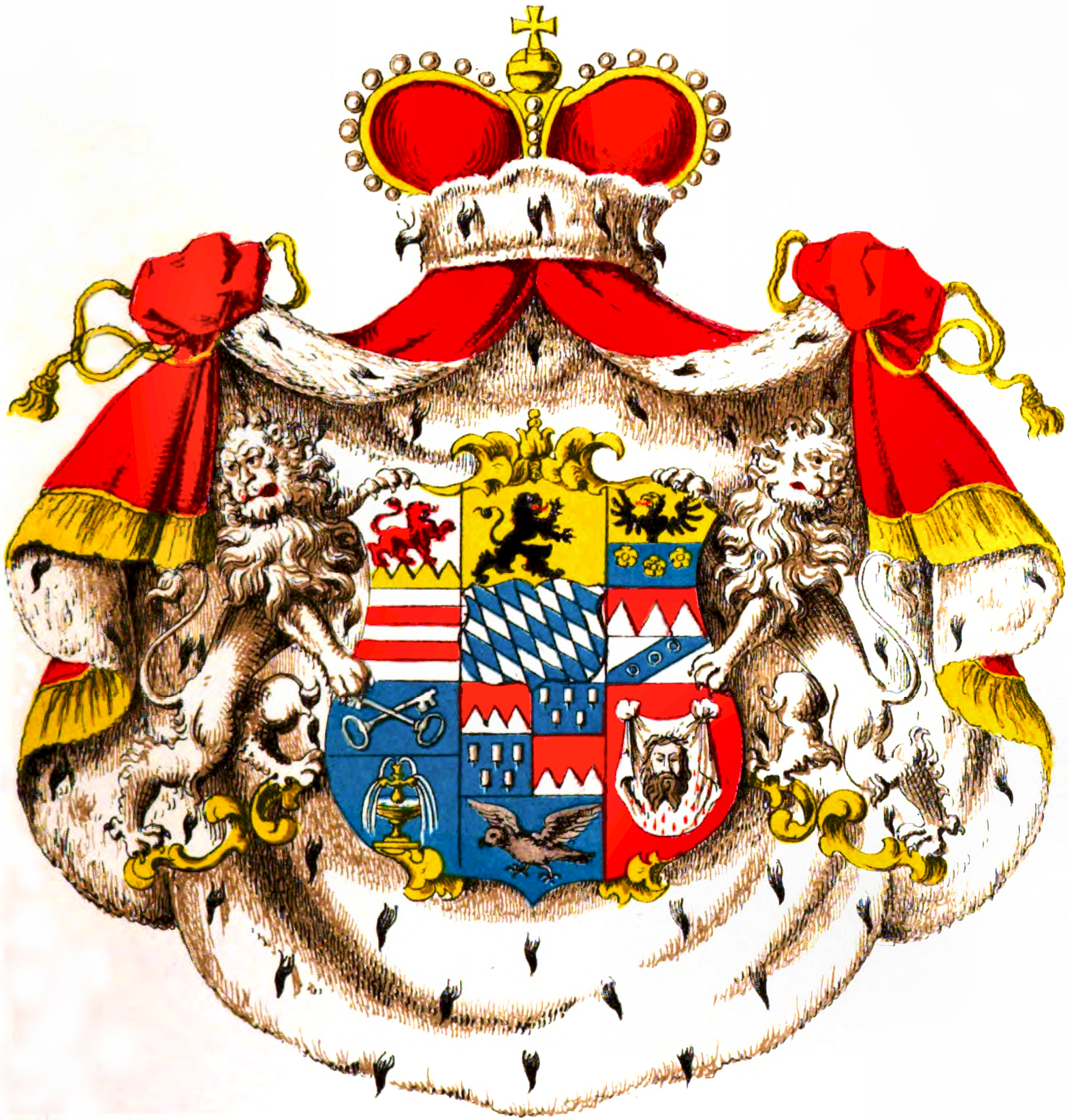On Saturday, 30 April, the press office of the Royal Palace in Belgrade released a statement from Crown Prince Alexander of Serbia regarding the renunciation of his eldest son, Prince Peter:
Concerning the withdrawal of my oldest son Prince Peter from the line of succession, I wish him all the best for the future, good health, and happiness. I appreciate his honesty regarding the tough decision he made.
This issue was brought to me quickly, while I am abroad, due to previous obligations. Unfortunately, such a crucial and important procedure was not followed properly, in accordance with the tradition and rules of the Royal Family, and the Family Rulebook, which was written in the time of the Kingdom, and which all members of the Royal Family need to follow. This occurrence and procedure did not take place at the Royal Palace, in Serbia, with my presence and authority as the Head of the Royal Family, with the blessing of our Holy Church and with Crown Council participation in the process, but in a foreign country, without a good reason for performing such important matter away from our homeland.
The Royal Family of Serbia will continue to serve the people with dedication, honesty, and loyalty, which is the obligation and duty for us.
As previously reported on Thursday, 28 April, Hereditary Prince Peter of Serbia renounced his rights of succession in a ceremony in Seville on 27 April. If enacted, this would make his brother Prince Philip the new heir to Crown Prince Alexander. On Saturday, Prince Philip and his wife Princess Danica visited Oplenac, the mausoleum of the Serbian royal family, where they paid tribute to the prince's ancestors.
According to the Family Book of Rules of 5 April 1930, which govern the Royal House of Karađorđević and its members, there are several technical problems with Prince Peter's renunciation. Article 3 states: "The Ruling King is the head and protector of all the members of The Royal House. The King determines the rank of all the members of The Royal House." Furthermore, Article 5 reads: "Without the special approval and consent of the King no member of The Royal House is allowed to commit any act or deed of the public importance, nor to make any permanent commitments to anyone. The King takes care, by all means, that with no exception The Royal House is always governed by the rules and considerations of honour, order and exemplary behaviour, worthy of the Royal House." When reading this dynastic text, it is worth noting that when there is a reference to the King, then the current holder of that position is the Head of the Royal House, i.e. Crown Prince Alexander of Serbia, as he would be monarch if Serbia was currently a monarchy.
The statement of the Crown Prince does not directly address whether or not the renunciation of Prince Peter has been accepted in its current form. The first portion of the communiqué seems to hint that the renunciation has possibly been accepted by the Head of House, while the second portion goes on to point out the issues with the renunciation which could render it invalid, as noted above. With time, more clarity will likely be given on the situation.

.svg.png)

























.jpg)
.jpg)
























